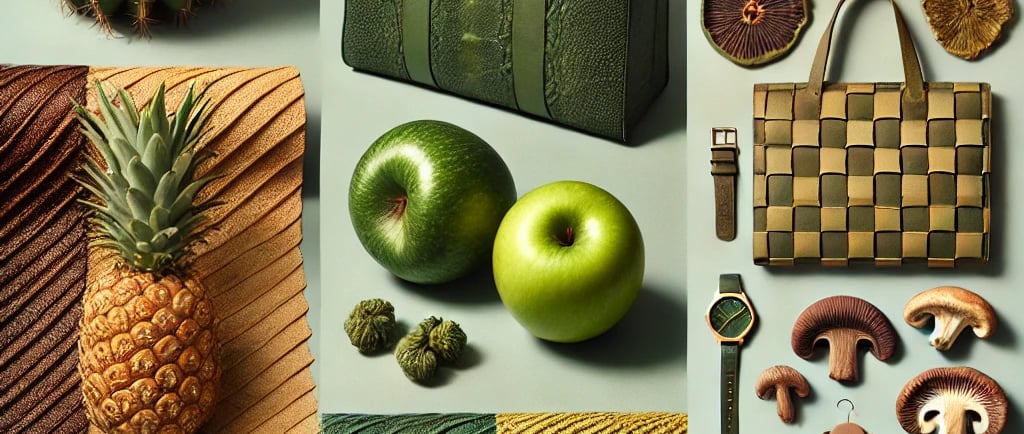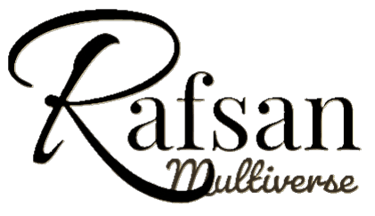The Rise of Plant-Based Leather: A Sustainable Revolution in Fashion
The fashion, automotive, and furniture industries are undergoing a profound transformation. Driven by a growing awareness of environmental and ethical concerns, consumers are increasingly demanding sustainable alternatives to traditional materials. At the forefront of this revolution is plant-based leather, a category of innovative materials crafted from natural resources. This article delves into the intricacies of plant-based leather, exploring its history, viability, and the exciting future it holds.
Fazle R
3/17/20254 min read


A History Rooted in Innovation
The quest for leather alternatives is not a new phenomenon. While early synthetic leathers, primarily derived from petroleum-based polymers like PVC, offered a solution to animal welfare concerns, they presented their own environmental challenges. The true turning point came with the realization that nature itself could provide the answer.
The modern era of plant-based leather began with pioneering efforts to harness agricultural waste. Piñatex, developed by Ananas Anam, emerged as a groundbreaking material crafted from pineapple leaf fibers, a byproduct of the pineapple industry. This innovation not only reduced waste but also provided an additional income stream for pineapple farmers.
Following Piñatex's success, other plant-based leather alternatives began to emerge. Desserto, a cactus leather developed by Adriano Di Marti, showcased the potential of hardy, low-impact plants. The nopal cactus, requiring minimal water and thriving in arid regions, proved to be a sustainable and durable resource.
The exploration of mycelium, the root structure of mushrooms, led to the development of Mylo by Bolt Threads. This innovative material, grown in controlled environments, offers a rapidly renewable and biodegradable alternative to traditional leather. AppleSkin, crafted from apple waste, further exemplifies the potential of utilizing food industry byproducts to create sustainable materials.
The Viability of Plant-Based Leather:
The viability of plant-based leather hinges on its ability to address both environmental and performance concerns.
Sustainability:
Reduced Environmental Footprint: Plant-based leathers offer a significant reduction in environmental impact compared to traditional leather. Animal agriculture is a major contributor to deforestation, greenhouse gas emissions, and water pollution. By eliminating the need for animal hides, plant-based leathers help mitigate these impacts.
Waste Reduction: Many plant-based leathers, such as Piñatex and AppleSkin, utilize agricultural and food industry waste, contributing to a circular economy.
Lower Chemical Use: Traditional leather tanning processes often involve harmful chemicals. Plant-based leather production generally requires fewer and less toxic chemicals.
Resource Efficiency: Plants like the nopal cactus require minimal water and thrive in challenging environments, making them highly resource-efficient.
However, it is crucial to conduct a comprehensive lifecycle assessment of plant-based leathers. Factors such as processing, transportation, and end-of-life disposal must be considered to ensure true sustainability. It is also important to note that many plant-based leathers still contain some percentage of PU or other plastics, so complete biodegradability is not always achieved.
Performance:
Durability and aesthetics: Advances in technology have significantly improved the durability and aesthetic qualities of plant-based leathers. They can mimic the look and feel of traditional leather, with variations in texture, flexibility, and strength.
Versatility: Plant-based leathers can be used in a wide range of applications, from fashion accessories and footwear to automotive interiors and furniture.
Ongoing Research: Research continues to focus on enhancing the performance of plant-based leathers, improving their resistance to wear, water, and other environmental factors.
Market Demand and Future Outlook:
The demand for sustainable and ethical products is driving the rapid growth of the plant-based leather market. Consumers are increasingly seeking alternatives to traditional leather that align with their values.
Fashion Industry: Leading fashion brands are embracing plant-based leathers, incorporating them into their collections. This trend reflects a growing awareness of sustainability within the fashion industry.
Automotive Industry: Automakers are exploring the use of plant-based leathers in vehicle interiors, seeking to reduce their environmental footprint and appeal to eco-conscious consumers.
Furniture Industry: Furniture manufacturers are also adopting plant-based leathers, offering consumers stylish and sustainable options for their homes.
The future of plant-based leather is bright. Ongoing research and development are leading to new and improved materials, while increasing consumer demand is driving market growth. Scalability remains a challenge, but advancements in production processes are addressing this issue.
Types of Plant-Based Leathers:
Cactus Leather (Desserto): Known for its durability and sustainability, Desserto is crafted from the leaves of the nopal cactus.
Apple Leather (AppleSkin): Made from apple waste, AppleSkin offers a sustainable and versatile alternative to traditional leather.
Pineapple Leather (Piñatex): Piñatex, crafted from pineapple leaf fibers, is a pioneering example of utilizing agricultural waste.
Mushroom Leather (Mylo): Mylo, made from mycelium, offers a rapidly renewable and biodegradable option.
Cork Leather: Harvested from the bark of cork oak trees, cork leather is a highly sustainable and natural material.
Grape Leather (Vegea): Created from the waste of wine production.
Mango Leather: Made from the waste products of Mango production.
Challenges and Considerations:
Scalability: Producing plant-based leathers on a large scale to meet market demand remains a significant challenge.
Cost: Some plant-based leathers are currently more expensive than traditional leather or synthetic alternatives.
Composition: Many plant-based leathers utilize a combination of natural fibers and synthetic binders, such as PU. It is important to consider the overall composition and environmental impact of these materials.
Certification and Transparency: Clear certification and transparency are essential to ensure the sustainability and ethical sourcing of plant-based leathers.
Conclusion:
Plant-based leather represents a significant step towards a more sustainable and ethical materials industry. While challenges remain, the potential of these innovative materials is undeniable. As technology advances and consumer demand grows, plant-based leathers are poised to revolutionize the way we create and consume products. The journey towards a more sustainable future is paved with innovation, and plant-based leather is leading the way. Consumers can help this movement by looking for products that utilize plant based leather, and supporting the companies that produce these sustainable materials.
References:
Ananas Anam. (n.d.). Piñatex. Retrieved from https://www.ananas-anam.com/
Adriano Di Marti. (n.d.). Desserto. Retrieved from https://desserto.com.mx/
Bolt Threads. (n.d.). Mylo. Retrieved from https://boltthreads.com/mylo/
Frumat. (n.d.). AppleSkin. Retrieved from https://www.frumat.cz/
Vegea. (n.d.). Grape Leather. Retrieved from https://www.vegea.cc/
© 2024. All rights reserved by Rafsan Multiverse Ltd.
